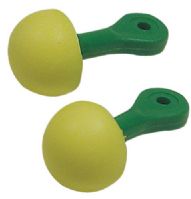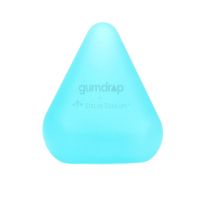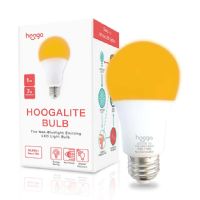 Written by Hulet Smith, OT
Written by Hulet Smith, OT
Sensory processing disorder (SPD) is characterized by the altered processing of sensory stimuli in the brain. According to the Star Institute, approximately 1 in 20 individuals in the general population are affected by a sensory processing disorder. SPD affects how individuals perceive and respond to incoming sensory information from their environment including sight, sound, smell, taste, and touch. SPD can manifest across multiple senses or may be specific to particular ones. Many individuals with the disorder will exhibit a heightened response to a stimulus that others will find otherwise normal or tolerable (overstimulation). Occasionally the opposite can occur, requiring a more intense stimulus to elicit a response (understimulation).
The impact of SPD can affect multiple aspects of an individual’s life including their social and emotional well-being. Although more commonly observed in children, SPD can persist into adulthood and can be managed with appropriate interventions and therapeutic tools.

As mentioned, although more commonly diagnosed in childhood, sensory processing disorder can affect individuals at any age. Often, if an adult is diagnosed with a sensory processing disorder, they have been dealing with associated issues for a long time but have learned to manage through coping strategies. With improved diagnostic skills and provider screening of these conditions, earlier detection and treatment have been observed. Sensory processing disorders can exist alone but tend to coexist with a variety of other conditions including autism, ADHD, PTSD, and anxiety.
Unfortunately, there is no cure for SPD although there are a whole host of therapies available to treat symptoms and associated impairments. Similar to how treatment is performed for children, SPD treatment for adults typically involves a combination of psychology, sensory integration, and occupational therapy. Through collaborative treatments, adults will learn how to manage their symptoms using tips and tricks to identify and control their triggers. Every person’s plan of care will vary slightly based on their individual preference, responses, and the severity of the processing disorder.

Besides specific therapies with professionals, many commercially available items can help sufferers of SPD manage symptoms. Although often referred to as “toys”, fidget devices are not just for kids and can be a great tool to help adults with sensory processing disorders. Fidget toys work by assisting individuals in managing tactile overstimulation or under-stimulation and provide users with an outlet for their restlessness or agitation. The beauty of these devices is they are compact, accessible, and can be taken anywhere. If you’re looking for a simple way to give your body some input healthily and safely, fidget toys are a great option.
 | Desk Buddy Fidget Ruler for Tactile Stimulation View Product |
A second product that can be useful for adults with sensory processing disorders is sound-filtering headphones. These products are specially designed to help those with sensory issues. With integrated mechanisms, these headphones and earplugs can help filter out sounds that might be overwhelming and are particularly useful for individuals with auditory stimuli difficulties.
 | EAR Express Pod Ear Plugs View Product |
The next category of products for SPD management is portable massagers. Note that even with the same designation of SPD, different individuals are affected by different forms of sensory stimulation. For those with tactile or touch issues, massagers are a great way to give your body deeper pressure stimulation without setting your sensory system into overdrive. Similar to fidget toys, massagers are an excellent way to calm the nervous and sensory systems and can be taken with you on the road or used in the comfort of your home.
 | Gumdrop Myofascial Therapy Targeted Pain Relief Physical Therapy Aid by Delos Therapy View Product |
If light or visual stimulation is more of a trigger for you, relaxing lighting is a final option for those looking for symptom management. Being aware of both stimulating and relaxing hues and integrating them into your work and home environments can be a useful strategy to avoid overstimulation. Amber lights in particular are well known for their calming properties and can help release melatonin or sleep-inducing hormones. Similarly, red light has relaxing effects and can reduce interference with our circadian rhythm and prevent overstimulation. Creating an environment that feels safe and relaxing is very important for individuals with sensory processing disorders. Integrating these products into your home can go a long way in helping you manage your sensory experience.
 | Amber Light Bulbs for Sleep with Blue Light Spectrum Reduction View Product |
For adults dealing with sensory processing disorders, many types of therapies and devices can be useful to help manage associated symptoms. Remember that every individual is unique and treatment must be catered accordingly. Sensory processing disorders are not only seen in childhood but can affect individuals throughout their lifespan and interfere with daily functioning if not addressed.
For those looking to explore more therapeutic offerings for sensory processing disorders check out our entire listing of sensory products. While you’re exploring, feel free to browse through our expert-curated blog, Caregiver University, and make educated buying decisions on all of your medical purchases.

Co-founder/CEO of Rehabmart, Pediatric Occupational Therapist, husband, and father. Passionate about connecting special needs kids with superb nutrition, sensory integration, and complementary health strategies. Excited about Rehabmart's mission to become the premier online educational platform which empowers caregivers by spotlighting innovative devices and interventions to achieve optimal patient response and recovery.